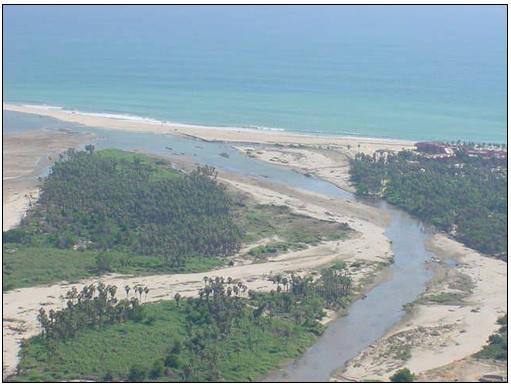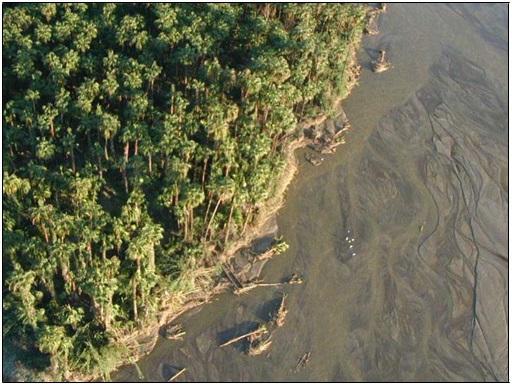Sistema Ripario de la Cuenca y Estero de San José del Cabo
Sistema Ripario de la Cuenca y Estero de San José del Cabo
- País:
- México
- Número del sitio:
- 1827
- Superficie:
- 124,219.0 ha
- Fecha de designación:
- 02-02-2008
- Coordenadas:
- 23°03'N 109°40'59"W
Carousel
CarouselLos materiales presentados en este sitio web, particularmente los mapas y la información territorial, se proporcionan tal cual y según están disponibles a partir de los datos de los que se dispone y no implican la expresión de opinión alguna por parte de la Secretaría de la Convención de Ramsar respecto de la condición jurídica de ningún país, territorio, ciudad o zona, ni de sus autoridades, ni respecto de la delimitación de sus límites o fronteras.
Sistema Ripario de la Cuenca y Estero de San José del Cabo. 02/02/2008; Baja California Sur; 124,219 ha; 23°03'N 109°42'W. This ecosystem is of great relevance for the region, from an hydric as well as a biological perspective, as it supports a great number of unique flora species which constitute important corridors and refugees for wildlife. Among this unique flora species found in the riparian system are Washingtonia robusta and Erythea brandegeei endemic of Baja California; Populus brandegeei var glabra endemic of Sierra La Laguna, as well as Prunus serotina, Ilex brandegeana, Heteromeles arbutifolia y Salíx lasiolepis. One of the main characteristics of the site is the presence of the San Jose oasis and the estuary of the same name, as it constitutes one of the greatest epicontinental environments of the Baja California Peninsula, and the only one of its type in the Cabo Region. The characteristic vegetation of this estuarine system is formed by typical oasis species such as palms and aquatic species. It plays an important role for migratory species, as it is the last resting stop for aquatic bird species migrating to areas in the south of Mexico, Central America or South America. A total of 217 species of waterfowl have been registered in the site, of which 97 are migratory, and 19 considered under a risk category, such as the Sterna antillarum browni. For the role it plays for birds, this estuary has been recognized as an Important Bird Area (IBA). The biggest threat the site undergoes is mainly due to a big touritic Project in Puerto Los Cabos, 800 meters away form the water body. Another threat is the introduction of invasive species such as the Tilapia (Cryptostegia grandiflora). Since 1994, this site is considered an Area Subject to Ecological Conservation.
Región administrativa:
Baja California Sur
Designación jurídica nacional:
- Reserva Ecológica Estatal
- Reserva de la Biosfera - Sierra La Laguna
Fecha de última publicación:
02-02-2008
Ficha Informativa de los Humedales de Ramsar (FIR)
- MX1827RIS.pdf
Mapa del sitio

